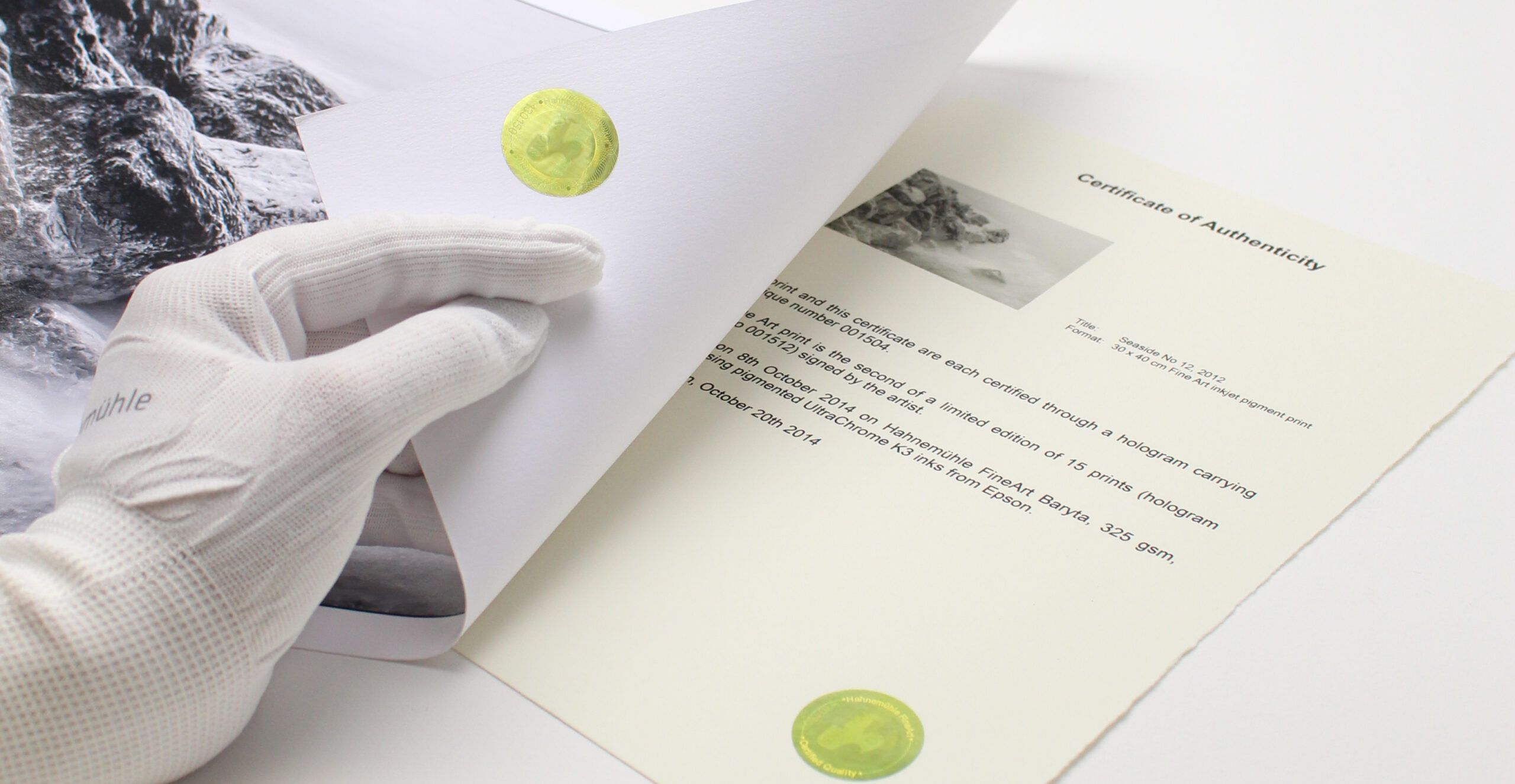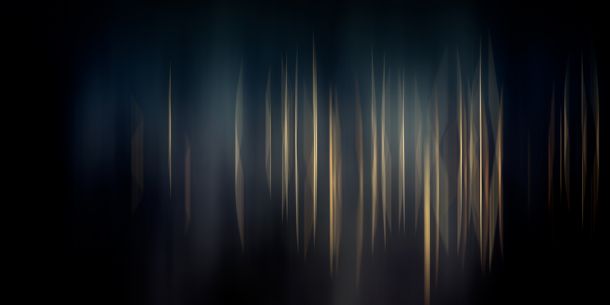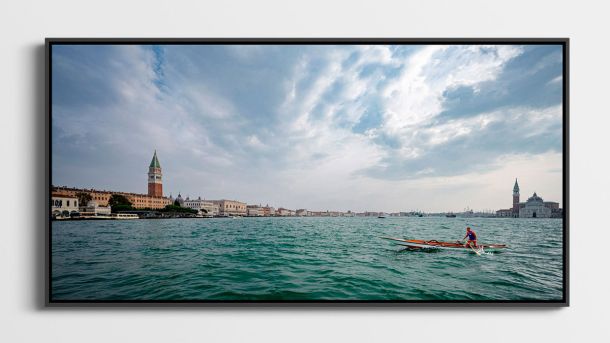How to Recognize an Authentic and Certified Fine Art Photograph?

In a market saturated with reproductions and images, identifying a genuine fine art photograph can feel daunting for novice and seasoned collectors alike. The authenticity of a photographic artwork goes beyond visual appeal and relies on tangible elements such as the signature, edition number, and accompanying certificate. Since the price and artistic value of a print are directly linked to its authenticity, understanding the key markers of a certified fine art photograph is essential for any enthusiast looking to invest or simply appreciate the medium with discernment.
Table of Contents
- Understanding Authenticity in Fine Art Photography
- Key Elements for Recognizing an Authentic Fine Art Photograph
- The Importance of Provenance in Authentication
- Different Types of Fine Art Photography and Their Authentication
- New Technologies Supporting Authentication
Understanding Authenticity in Fine Art Photography
Authenticity in fine art photography is defined by the certainty of the artwork’s origin, its creation by a known artist, and its adherence to established artistic criteria.
The core principles that characterize an authentic fine art photograph rely on several tangible aspects. The signature, edition number, and medium reflect the photographer’s artistic intent and influence the final aesthetic of the image. The photographer’s creative intention is also evident through technical choices and their personal vision.
Key Elements for Recognizing an Authentic Fine Art Photograph
To better understand what defines fine art photography, explore various fine art photography collections. Identifying an authentic piece is based on several distinctive elements that ensure both artistic and market value. These indicators help collectors and enthusiasts distinguish a genuine photographic creation from a simple reproduction.
Signature and Edition Number: The First Signs of Authenticity
The photographer’s signature and the edition number are the first elements confirming the authenticity of a fine art photograph. These personal marks indicate the artist’s direct involvement in the creation and validation of the work.
To verify the authenticity of a signature, compare it with other known works by the same artist. The signature may appear on the front of the image (often in a lower corner), on the back of the support, or solely on the certificate of authenticity. Certain framing styles such as a floating frame do not allow for signing directly on the print, especially in the absence of a white border or when the print is mounted on Dibond. The edition number typically follows the format “X/Y,” where X is the specific print number and Y indicates the total number of copies in the series. Some artists also use designations such as “AP” (Artist’s Proof) for prints outside the main edition.
The Importance of Limited Editions in Fine Art Photography
Understanding the value of limited editions is key, especially if you plan to buy a fine art print as an investment.
| Print Type | Characteristics | Impact on Authenticity |
|---|---|---|
| Artist’s Proof (AP) | Outside the main edition, authenticated, often signed. | High, if authenticated by the artist or their estate. |
| Limited Edition | Restricted number of copies, numbered and signed. | Very high, especially with editions under 30 in France. |
| Open Edition | Unlimited number of copies, may not be signed. | Low, often considered a reproduction rather than a fine art piece. |
| Vintage Print | Printed at the time of or shortly after the photograph was taken. | Very high, if provenance is verifiable and the print is authentic. |
Note: This table compares various types of photographic prints, highlighting their characteristics and their impact on the authenticity of a fine art photograph. In France, a maximum of 12 prints across all formats is recommended for a print to maintain its status as a recognized artwork.
The rarity of a photograph directly influences its value in the art market. The fewer the number of copies, the more valuable each print becomes for collectors. In France in particular, a maximum of 12 prints across all formats is recommended to retain the status of a recognized work of art.
Print Quality and Paper Choice
The physical support plays a crucial role in the authenticity of an artistic photograph. Here are the printing techniques and paper types used in fine art photography, particularly at Une Image Pour Rêver.
First, it’s important to define what a fine art print is: it is a handcrafted print produced individually using pigment inks and high-quality papers to ensure better light resistance and longevity.
- Inkjet print (pigment printing): Used for color photographs.
- Piezography Pro print: A specialized technique for black-and-white prints, offering exceptional depth and tonal range with seven shades of gray (carbon-based ink).
Fine Art Photo Paper
In fine art printing, the papers used are specifically designed to guarantee exceptional image quality, optimal longevity, and high artistic value. These papers meet strict conservation and visual standards. Here are the most commonly used types of papers in fine art printing:
1. 100% Cotton (Rag) Papers
Examples:
- Hahnemühle Photo Rag 308 gsm
- Canson Infinity Rag Photographique
- Moab Entrada Rag
Characteristics:
- Smooth or slightly textured finish
- Excellent archival properties (acid-free, no optical brighteners)
- Matte, soft look ideal for black-and-white prints or portraits
2. Baryta (Baryta-Inspired) Papers
Examples:
- Hahnemühle FineArt Baryta
- Ilford Galerie Gold Fibre Silk
- Canson Baryta Photographique
Characteristics:
- Inspired by traditional darkroom papers
- Slight gloss, great contrast and deep blacks
- Ideal for black-and-white and high-detail prints
3. Textured Artist Grain Papers
Examples:
- Hahnemühle German Etching
- Canson Edition Etching Rag
- Hahnemühle Torchon
Characteristics:
- Watercolor paper feel
- Adds depth to the image
- Favored for artistic, landscape, and abstract works
4. Glossy or Satin Fine Art Papers
Examples:
- Hahnemühle Photo Rag Baryta
- Canson Platine Fibre Rag
- Ilford Gold Fibre Gloss
Characteristics:
- Satin or glossy finish
- Excellent color depth
- Less texture but highly impactful
5. Japanese or Alternative Papers
Examples:
- Awagami Kozo or Bamboo Fine Art
- Handmade papers
Characteristics:
- Original support, often used for unique or premium works
- Handcrafted texture, natural feel
Common Criteria for Fine Art Papers:
- Neutral or alkaline pH (acid-free)
- Free of acids and optical brighteners (archival quality)
- Compatible with pigment inks
- Durability > 100 years under museum conditions
In collaboration with Initial LABO and the photographer, Une Image Pour Rêver carefully selects the ideal paper—whether matte or satin—to showcase each artwork.
To assess the quality of a photographic print, examine the depth of blacks, color fidelity, and paper texture. A genuine print typically displays remarkable sharpness and fine detail. The paper is often premium-grade with significant weight, giving the artwork a distinctive tactile presence.
The Certificate of Authenticity: An Essential Element
The certificate of authenticity provides formal assurance that a photograph is a genuine original work created or approved by the named artist.
A valid certificate of authenticity must include several key details: the full name of the artist, the exact title of the work, its creation date, precise dimensions, printing technique, paper type, and edition number. For extra assurance, some artists use recognized certificates such as the Hahnemühle Certificate of Authenticity. The artist’s or authorized representative’s original signature must appear on the document, often with a verification system like a unique number or QR code.
The Importance of Provenance in Authentication
How to Trace the Origin of a Fine Art Photograph
A fine art photograph’s provenance is its documented history from the artist’s creation to the current owner. It’s a key factor in validating the artwork’s authenticity, providing proof of origin and ownership over time. A well-documented provenance greatly increases a photo’s value by assuring collectors of its legitimacy.
To trace provenance, several documents may be used, such as purchase receipts, exhibition catalogs, or publications featuring the artwork. The artist’s or gallery’s archives often contain valuable information about a print’s history. Marks and inscriptions on the medium itself—like stamps or handwritten notes—also help establish its origin.
Reliable Sources: Galleries, Auction Houses, and Artists
Purchasing from reputable galleries or directly from artists offers better authenticity guarantees for fine art photographs.
Galleries play a key role in certifying photographic works by conducting thorough provenance research. They examine all available documentation and often consult experts to guarantee the authenticity of the prints they sell. Auction houses authenticate photos by involving specialists and analyzing the materials used. When purchasing, these trusted sources typically provide a complete certificate of authenticity along with a detailed invoice documenting the artwork’s history. To better understand what defines a fine art photograph, you can explore various fine art photography collections.
Different Types of Fine Art Photography and Their Authentication
Vintage Prints and Modern Prints
A vintage print is distinguished by being produced at the time of the original shot or shortly thereafter, usually under the direct supervision of the photographer, whereas a modern print is produced much later, sometimes even after the artist’s death.
To authenticate these different types of prints, experts use several methods. The analysis of the photographic paper provides valuable clues—older papers often show specific characteristics such as watermarks or recognizable textures. The printing techniques used, like albumen processes for earlier works, also provide insight into the time of production. Inscriptions on the back of the image and the artist’s signature often complete the examination to confirm the authenticity of the fine art photograph.
Special Editions and Experimental Photography
Special editions in fine art photography include large-format prints, portfolios grouping several images around a theme, and works using alternative techniques such as platinum-palladium or cyanotype. These unique creations enrich the photographic medium by pushing its traditional boundaries.
Authenticating these particular works presents specific challenges due to their unconventional nature. Deep knowledge of the artist’s creative process becomes essential for evaluating the authenticity of an experimental photograph. Documentation provided by the photographer, including technical notes and descriptions of the processes used, plays a crucial role in verification. The analysis of materials and consultation with experts in alternative photographic techniques often complete the authentication process for these atypical prints.
New Technologies Supporting Authentication
Digital Tools and Specialized Databases
Artificial intelligence is now transforming the authentication process of fine art photography by enabling image analysis from a simple digital photo.
Museums and art institutions actively support authentication by providing access to their digital archives. Objective technical analysis evaluates the images using quantitative measurements that identify patterns, attributes, and distinctive anomalies of a work. These tools thoroughly examine unique characteristics, chromatic values, and resolution to determine a photograph’s authenticity. This technological approach enables fast and accurate results, giving collectors extra confidence during acquisitions.
Future Perspectives: Blockchain and Digital Certification
Although not yet adopted by all galleries, digital innovations are beginning to reshape the fine art photography market. Among these promising advancements, blockchain technology could eventually offer new solutions for authenticating fine art photographs.
Blockchain allows the creation of tamper-proof digital certificates in the form of non-fungible tokens (NFTs). This technology offers several potential advantages:
- Creation of secure digital certificates of authenticity
- Streamlined management of ownership and copyright
- Full traceability of the photographic work
- Protection against loss and theft of physical certificates
This innovation could give artists better control over the distribution of their works and allow precise tracking of their creations after the initial sale. For collectors, it may soon offer an additional guarantee of authenticity for acquired works.
Recognizing an authentic fine art photograph requires careful attention where every detail matters. The signature, edition number, and certificate of authenticity are fundamental pillars for verifying the origin of a work. Whether traditional or digital, authentication methods remain essential to preserving the value of fine art photography and ensuring collector confidence.



